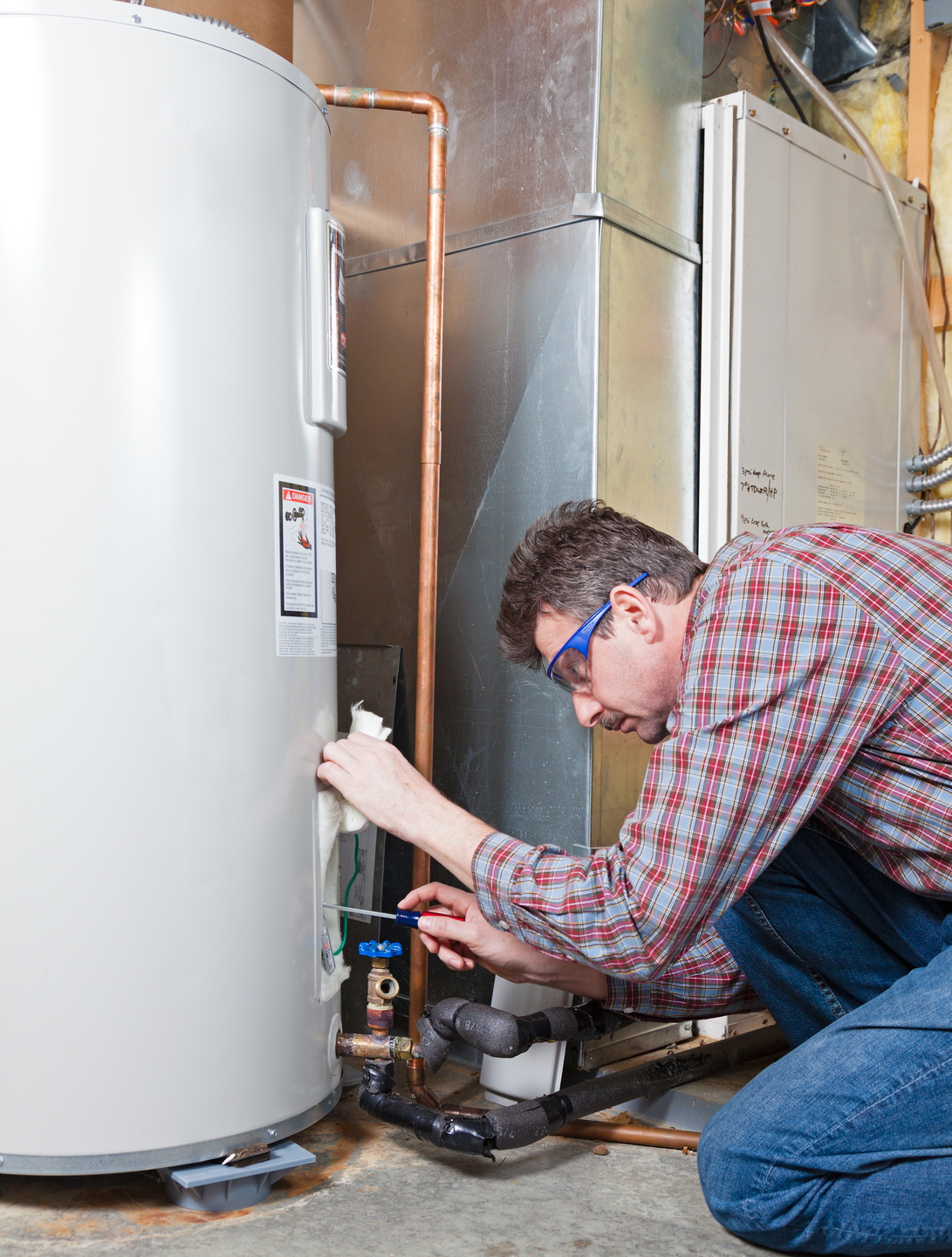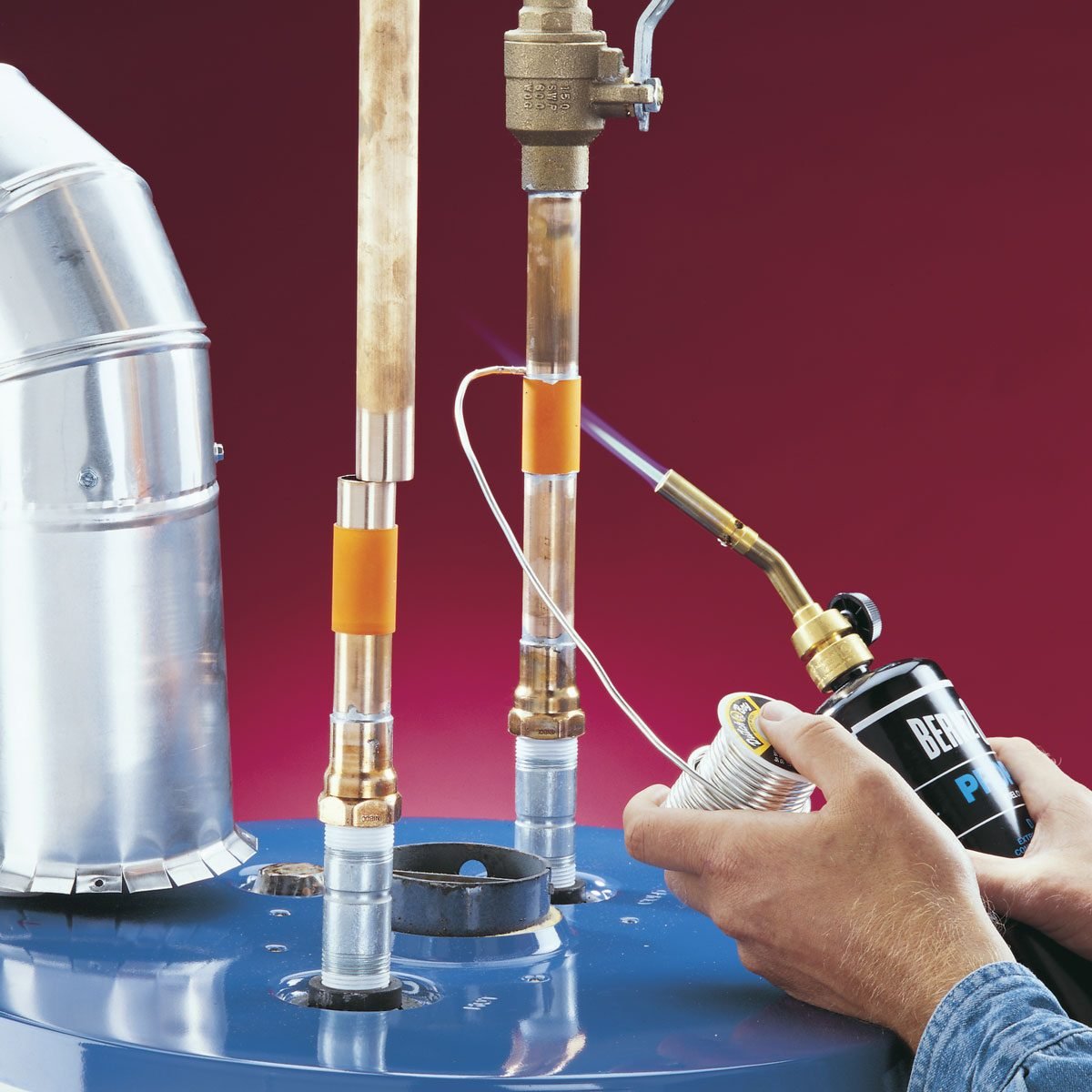Do It Yourself Hot Water Heater Installation: Essential Actions for Success
When taking into consideration a Do it yourself water heater installation, it is necessary to approach the job with a methodical frame of mind, as the process involves several critical steps that can dramatically influence both safety and security and effectiveness. Picking the proper water heater for your particular demands is just the beginning; preparing the installation area and understanding the necessary devices and products are similarly vital.
Picking the Right Water Heating System
When picking a water heating unit, it is important to take into consideration a number of crucial aspects to make sure ideal efficiency and efficiency - water heater installation. Firstly, evaluate the kind of hot water heater that finest suits your requirements. Alternatives consist of tankless, storage space tank, and warm pump hot water heater, each offering distinct benefits in regards to energy efficiency and room requirements
Following, analyze the capability required for your house. A larger household might call for a system with a better gallon ability or a tankless system that can provide continual warm water. It's additionally essential to consider the power source; common choices consist of electric, all-natural gas, and propane. Each energy type has effects for installment costs and long-lasting energy expenditures.
Power efficiency is an additional essential variable. Seek systems with a high Energy Element (EF) score, as these models consume much less energy and can substantially reduce utility costs. Furthermore, check for warranties and brand dependability, as these can indicate the long life and upkeep demands of the device. By very carefully examining these aspects, you can select a hot water heater that lines up with your home's specific demands, making certain comfort and effectiveness for many years to come.
Devices and Products Needed
Effectively installing a hot water heater requires not only the appropriate option of unit but likewise the appropriate devices and materials. Prior to getting started on your do it yourself project, guarantee you have an extensive listing of products to facilitate a smooth installment process.
Necessary tools include a pipe wrench, flexible pliers, and a screwdriver set (both flathead and Phillips), which will help you take care of various fittings and links. Furthermore, a drill with proper little bits is required for placing braces or making any type of called for holes. For security, a voltage tester is crucial, specifically when taking care of electrical hot water heater.
You will certainly additionally require an adaptable water supply line, which can be either knotted stainless steel or PVC, depending on your choices and neighborhood codes. By collecting these products and devices ahead of time, you established the stage for a successful water heater installment.
Preparing for Installation
Prior to starting the installation of your hot water heater, it is essential to evaluate the installation website to ensure it meets all essential needs. Begin by verifying that the location is well-ventilated, especially for gas hot water heater, to avoid the accumulation of unsafe gases. Look for the schedule of essential links, including water lines and electric outlets, guaranteeing they are in excellent problem and properly situated.

Furthermore, examine the existing pipes and electrical systems to determine if upgrades or fixings are needed prior to installation. This aggressive method not only guarantees conformity with regional building regulations however likewise improves the longevity and effectiveness of the hot water heater. Gather all called for permits, if needed, to prevent legal difficulties later. Appropriate prep work establishes the phase for a smooth installation process and aids prevent unexpected concerns.
Step-by-Step Installation Process
With the prep work total and all required evaluations carried out, the following stage involves the step-by-step setup of your water heating system. Begin by making sure that the brand-new device is positioned correctly, straightening it with the existing pipes and electrical links. For tank-type water heating systems, attach the cool water supply line to the inlet, usually noted in blue, and the hot water line to the electrical outlet, generally designated in red. Use Teflon tape on threaded joints to avoid leakages (water heater installation).
Next, protect the temperature level and pressure safety valve, which is crucial for safety. Affix the discharge pipeline to this shutoff, directing it in the direction of the floor or an appropriate water drainage area. For electrical designs, connect the power supply by removing the cords and protecting them to the heater's terminals according to the maker's instructions.
If you are setting up a gas hot water heater, guarantee the gas line is attached correctly and check for leakages making use of a soap service. Links are made, fill the container with water prior to turning on the power or gas supply. Allow the water heating unit check this site out to get to the preferred temperature and check for any type of leakages around all connections.
Ensuring Safety and Effectiveness
On a regular basis guaranteeing security and performance throughout the installation and procedure of your water heating unit is vital for optimal performance and durability. Begin by choosing an appropriate location that conforms with regional building ordinance and supplies sufficient ventilation. Guarantee that the area is devoid of flammable he has a good point materials and has sufficient room for maintenance and assessments.

After setup, conduct routine look at the system to detect leaks, rust, or unusual noises. Set the thermostat to a safe temperature, commonly around 120 ° F, to stop scalding and improve energy efficiency. Insulate pipelines to decrease warmth loss, which adds to reduce energy bills.
Conclusion
In conclusion, successful do it yourself hot water heater setup depends upon careful preparation and company website implementation. Choosing the ideal hot water heater, preparing the setup area, and following an organized installment process are vital actions. Abiding by safety standards throughout the setup guarantees both security and performance. Furthermore, regular upkeep checks post-installation will certainly contribute to the optimum efficiency of the hot water heater, eventually enhancing the long life and effectiveness of the system. Correctly establishing the thermostat better ensures secure operation.
When thinking about a Do it yourself water heating system installment, it is important to come close to the task with a systematic mindset, as the procedure includes several essential steps that can substantially impact both security and performance.Prior to beginning the setup of your water heating system, it is important to analyze the installation site to guarantee it satisfies all essential requirements. For tank-type water heating units, link the cool water supply line to the inlet, typically noted in blue, and the hot water line to the electrical outlet, generally designated in red.On a regular basis ensuring safety and performance during the setup and procedure of your water heating system is essential for ideal performance and longevity. Choosing the appropriate water heater, preparing the setup location, and complying with a systematic setup procedure are critical actions.